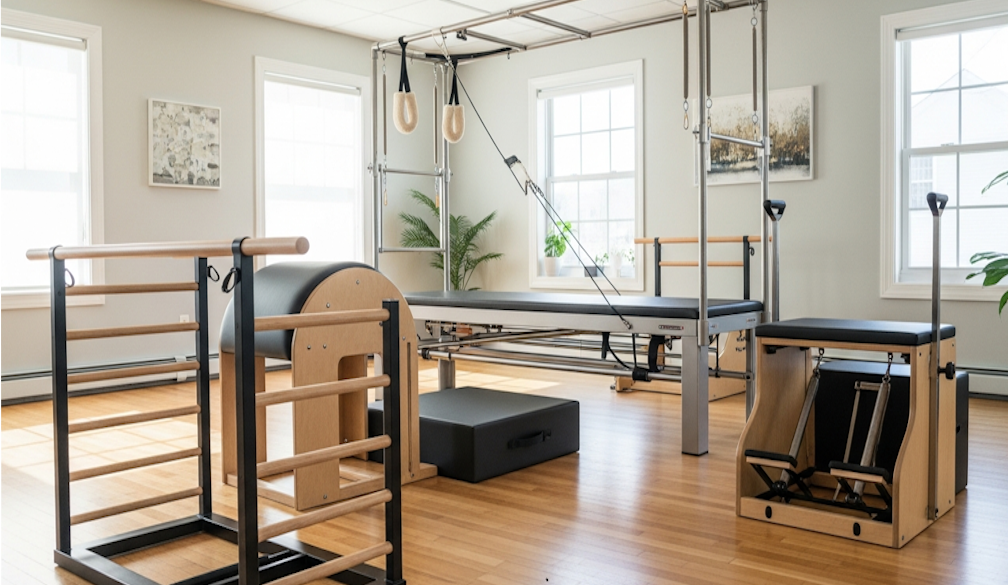Driving After Brain Injury: Common Challenges and How To Overcome Them.

Suffering a traumatic brain injury (TBI) can drastically influence a person's ability to drive safely. For many, driving represents independence, but cognitive impairments, physical challenges, and behavioural changes can make returning to the wheel difficult. However, with the proper support, adaptive equipment, and professional guidance, many are able to regain their driving abilities.
This blog explores the challenges that you must overcome in order to get back on the road safely. Keep reading to learn more!
Common Challenges After Brain Injury
The effects of brain injuries vary depending on the type of head injury and injury severity. Some common issues that affect driving include:
- Cognitive impairments: Difficulty concentrating, memory problems, or slowed reaction times can hinder driving skills. Moreover, multitasking, such as navigating while monitoring traffic, may become overwhelming.
- Physical impairments: Loss of movement, weakness, or restricted movement may affect steering or pedal control. Fatigue can also set in more quickly during longer drives.
- Behavioural impairments: Increased impulsivity or frustration can lead to driver aggression or risky decisions, such as sudden lane changes or speeding.
- Visual and spatial difficulties: Trouble judging distances, blurred vision, or difficulty recognising road signs increase the risk of motor vehicle crashes. Some drivers may also struggle with depth perception.
- Delayed processing speed: Taking longer to interpret traffic signals, brake lights, or unexpected hazards can make driving in busy areas particularly challenging.
These challenges don't affect everyone the same way, but recognising them is the first step toward finding solutions. Before resuming driving, it's crucial to understand driving regulations in your area. Licensing authorities often have specific requirements for those recovering from brain injuries, including medical assessments and road driving evaluations.
Emotional Challenges of Giving Up (or Regaining) Driving
For brain injury survivors, the loss of driving privileges often triggers profound grief, anger, or shame as independence feels stripped away. Many struggle with identity shifts—from competent driver to dependent passenger—while fearing they'll never regain this lifeline. These emotions can lead to resistance in accepting limitations or, conversely, paralysing anxiety about trying again.
When returning to driving, survivors may face frustration over slower reflexes or embarrassment during assessments, even as they crave normalcy. A therapist specialising in rehabilitation psychology can help navigate this emotional terrain, ensuring mental health supports physical recovery.
Steps to Regain Driving Fitness
Regaining driving fitness after a brain injury requires a structured approach using the following steps:
1. Medical and Driving Assessments
Before returning to driving, a comprehensive evaluation by healthcare providers is essential. A driver rehabilitation specialist can conduct a clinical driving evaluation to assess:
- Cognitive abilities (memory, attention, decision-making)
- Motor skills (coordination, strength)
- Road driving performance (handling traffic, following rules)
This road assessment helps determine if adaptive driving equipment or driver retraining is needed.
2. Adaptive Technology and Compensatory Strategies
For those with physical or functional impairments, adaptive driving aids such as hand controls, automatic transmission vehicles, and steering wheel modifications can improve driving mobility. Meanwhile, you can also consult an occupational therapist, who can recommend compensatory strategies to manage episodic impairment during driving.
3. Professional Driver Training
Enrolling in driving lessons with a specialist helps rebuild confidence. Defensive driving courses teach safety precautions, while driving instructor hours ensure proper technique.
4. Legal and Insurance Considerations
Returning to driving after a brain injury involves essential legal and insurance steps to ensure compliance and safety:
- Licensing requirements: Check with licensing authorities about potential restrictions, medical review processes, or required road tests before your licence can be reinstated.
- Medical documentation: Be prepared to submit medical report forms from your doctor or specialist confirming your fitness to drive, especially for moderate to severe injuries.
- Insurance disclosure: Inform your insurance provider about your medical condition, as failing to do so could invalidate your coverage in case of an accident.
- Policy adjustments: Some insurers may require additional driving assessments or impose temporary restrictions until you demonstrate consistent safe driving.
- Cost considerations: Ask about potential premium changes and whether adaptive vehicle modifications affect your coverage.
Taking these steps proactively helps ensure a smoother transition back to driving while protecting your legal and financial interests.
How Family Members Can Support Safe Driving Rehab
Family members play a crucial role in helping a loved one regain driving skills safely. Start by observing their driving habits during short, low-stress trips—note any difficulties with reaction time, lane changes, or road signs. Open, nonjudgmental conversations about concerns can encourage them to seek professional assessments or adaptive training.
You can also offer practical support, such as scheduling appointments with a driver rehabilitation specialist or practising parking lot drills together. Then, celebrate small milestones to build confidence, but also be prepared to discuss alternative transportation if driving becomes unsafe. Your patience and advocacy can make the difference between a rushed return and a successful, long-term recovery.
Conclusion
With the proper support, a safe return to driving after a brain injury is possible. By following current guidelines, working with qualified healthcare professionals, and using adaptive technology, individuals can regain independence while prioritising safe driving.
If you or a loved one is recovering from a TBI, consult a driver rehabilitation specialist for a road driving evaluation tailored to your needs. With patience and proper care, many brain injury experiences can lead to a successful return to driving.

























